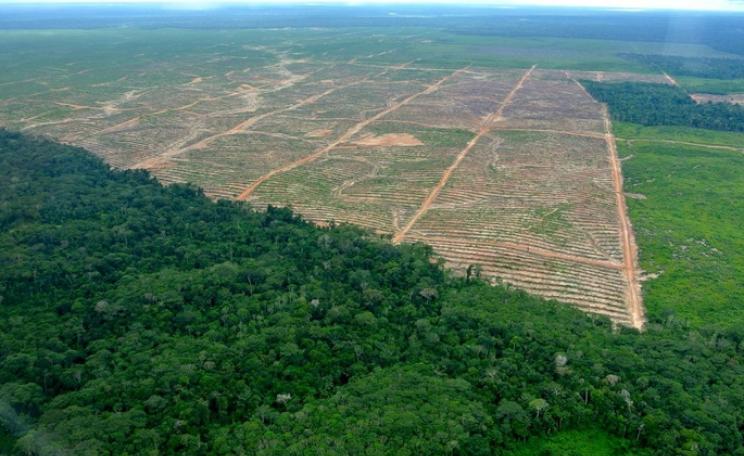"If we can eat in a way that works for our planet as well as our bodies, the natural balance of the planet’s resources will be restored."
- Richard Horton, The Lancet
More than 800 million people still live in hunger, and many of us now eat more unhealthy than ever. Global food production remains the largest pressure caused by humans on the planet, threatening local ecosystems and the stability of the Earth system itself.
This is despite of increased food production around the world over the past 50 years, and a drop in hunger, infant mortality and poverty globally.
Feeding a growing population of 10 billion people by 2050 with a healthy and sustainable diet will be impossible without transforming eating habits, improving food production, and reducing food waste, concludes a scientific commission.
Plant-based foods
The EAT-Lancet Commission on healthy diets from sustainable food systems, a three-year long project involving scientists from 16 different countries, now provides the first scientific targets for a healthy diet that operates within the planetary boundaries. Their findings were published today in a report entitled Food in the Anthropocene in the medical journal The Lancet.
“The food we eat and how we produce it determines the health of people and the planet, and we are currently getting this seriously wrong,” says one of the commission authors, Professor Tim Lang from the University of London.
"We need a significant overhaul, changing the global food system on a scale not seen before in ways appropriate to each country’s circumstances."
To stay within planetary boundaries, the report urges a combination of major dietary change, improved food production through enhanced agriculture and technology changes, and reduced food waste during production and at the point of consumption.
On an individual level, the scientific commission recommend diets consisting of a variety of plant-based foods, with low amounts of animal-based foods, refined grains, highly processed foods, and added sugars, and with unsaturated rather than saturated fats. Consumption of red meat and sugar would have to be cut by over 50 percent to ensure human and planetary health.
Connection with nature
If the world followed this Planetary Health diet, more than 11 million premature deaths could be prevented annually. The diet addresses the global burden of disease that is linked to poor diets (including obesity, undernutrition, and malnutrition). Unhealthy diets are the leading cause of ill-health worldwide, causing more death and disease than unsafe sex, alcohol, drug, and tobacco use combined.
The diet would cut greenhouse gas emissions to levels compatible with the Paris Agreement on climate change, while also reducing biodiversity loss and phosphorus use, and limiting agriculture’s demand for land, water and nitrogen.
Professor Johan Rockström, from the Stockholm Resilience Centre, is a co-lead commissioner of the report. He said: "Designing ... sustainable food systems that can deliver healthy diets for a growing and wealthier world population presents a formidable challenge. Nothing less than a new global agricultural revolution."
Dr Richard Horton, editor-in-chief at The Lancet, added: "The transformation that the Commission calls for is not superficial or simple, and requires a focus on complex systems, incentives, and regulations, with communities and governments at multiple levels having a part to play in redefining how we eat.
"Our connection with nature holds the answer, and if we can eat in a way that works for our planet as well as our bodies, the natural balance of the planet’s resources will be restored."
This Author
Arthur Wyns is the program manager of Climate Tracker, an organisation supporting environmental journalists worldwide to bring climate change into their national debates. He tweets from @ArthurWyns







